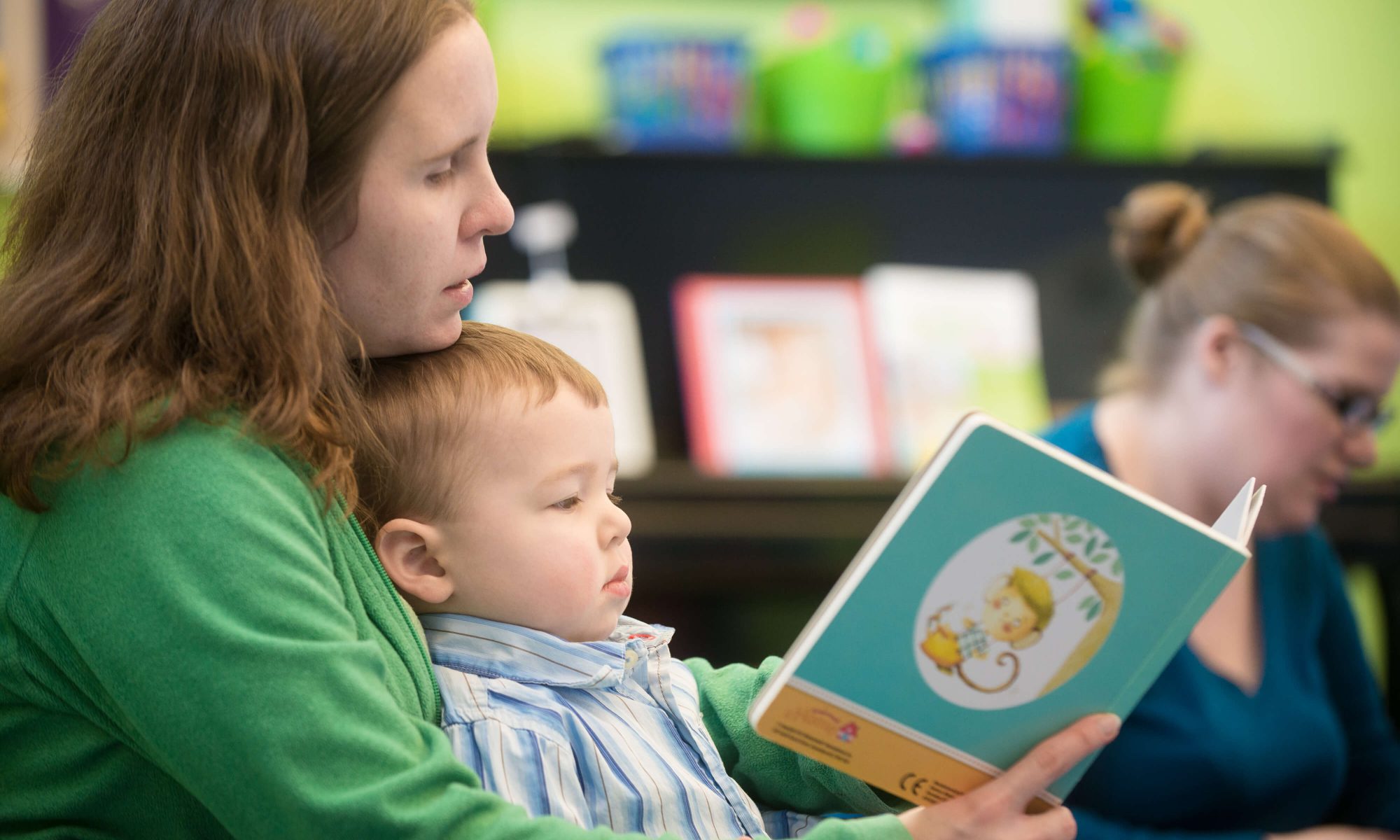[vc_row][vc_column][vc_column_text]I’m willing to bet that if you read this blog, you take time to read to your kids. I’ll also guess that this time is special, enjoyed by both you and your kids. Perhaps before bedtime, you break out a favorite book, worn from multiple readings, and share a laugh or two. We can use this time a bit more constructively – to engage our children and increase the value of a regular activity.
[/vc_column_text][/vc_column][/vc_row][vc_row][vc_column][vc_column_text]In a recent article over at Psychology Today, neurobiologist Erin Clabough, Ph.D. (author of Neuroparent, a regular PT blog) shared some wonderful insights on how we might make reading time an opportunity to engage our kids. We can use just about any book, even a book that is not particularly well written, to get children thinking about the story, any conflicts that arise in the narrative, and how they might handle the given situation. Here’s how Dr. Clabough suggests expanding on a story about bullying:
So how do we use books differently? Let’s pull out the conflict. Read through the bullying story until the kids start to be mean to each other. And instead of inwardly wincing and reading faster, press pause and close the book. Ask your child what they would do if they were in the character’s position. Brainstorm, and then open the book back up and allow the author to lead you through to the end.
– Dr. Erin Clabough, Psychology Today
[/vc_column_text][/vc_column][/vc_row][vc_row][vc_column][vc_column_text]This is a wonderful way to engage a child through reading. Let’s use Pete the Cat – I Love my White Shoes as an example. As we mentioned in our last post, this book does a wonderful job relating executive function and self-regulation skills. How, as Dr. Clabough suggests, do we “press pause” and engage?
If you recall, Pete the Cat accidentally stepped in a huge mound of strawberries, effectively ruining his favorite footwear. This moment is depicted in beautiful double page rendering by illustrator, James Dean.
 [/vc_column_text][vc_column_text]This is the moment to use Dr. Clabough’s pause technique. Close the book and ask the questions:
[/vc_column_text][vc_column_text]This is the moment to use Dr. Clabough’s pause technique. Close the book and ask the questions:
What do you think Pete will do?
What do you think you might do if this happened to you?
This is a golden opportunity to build executive function and self-regulation skills. When engaging a child in this way, particularly with preschool kids – keep the side discussion short and sweet. Most young kids possess a relatively abridged attention span. If you push it too far, the benefits might be lost. You know your kids best and will be able to judge how much time you can devote to this technique.[/vc_column_text][/vc_column][/vc_row][vc_row][vc_column][vc_column_text]Once your child answers, you might be able to ask further questions before the reveal. On the next page, Pete shifts gears and celebrates his newly colored red shoes. We see him thinking, “Everything is cool.” Now you can compare Pete’s reaction with your child’s prediction – and even their own predicted reaction.

[/vc_column_text][/vc_column][/vc_row][vc_row][vc_column][vc_column_text]This technique can be applied to any book. We can find moments that allow us to ask questions, that get our kids thinking about choices facing the story’s characters. In those moments, we can all reflect on the choices and how they might apply to our lives. You don’t have to do this constantly. Pick your book and pick your moments. Those moments that go beyond the story will add value to the experience.[/vc_column_text][/vc_column][/vc_row]

